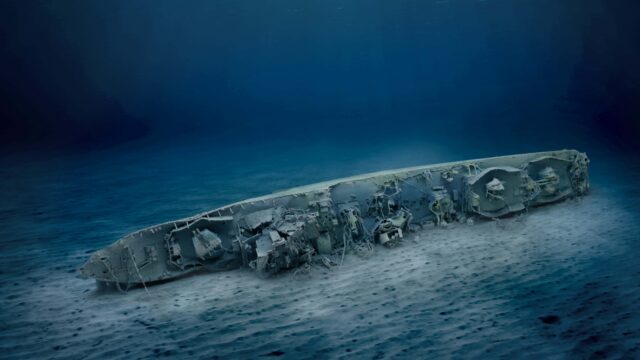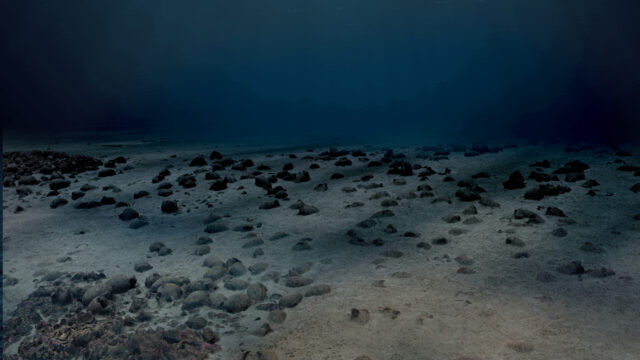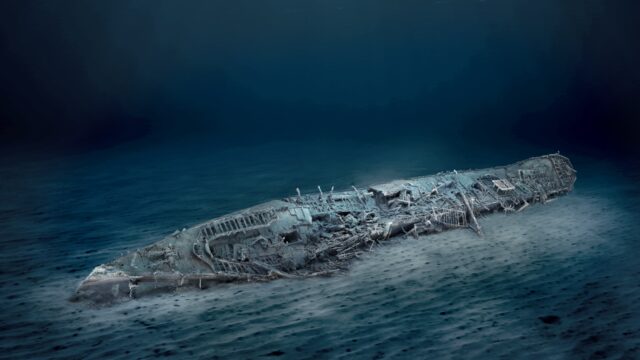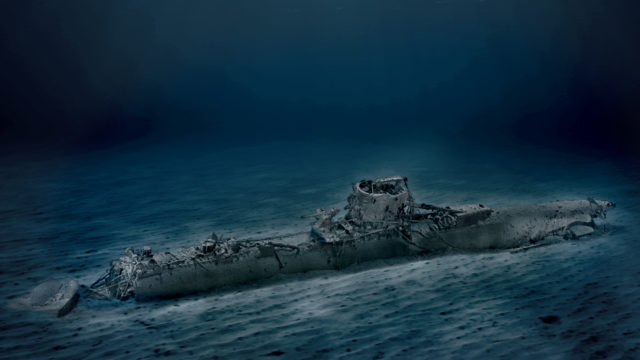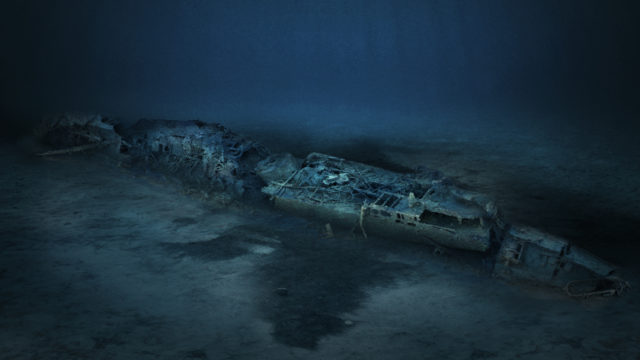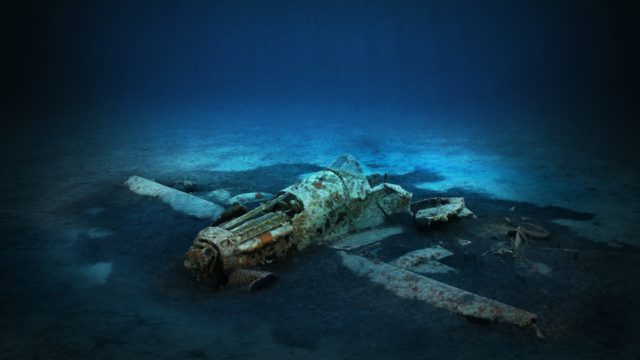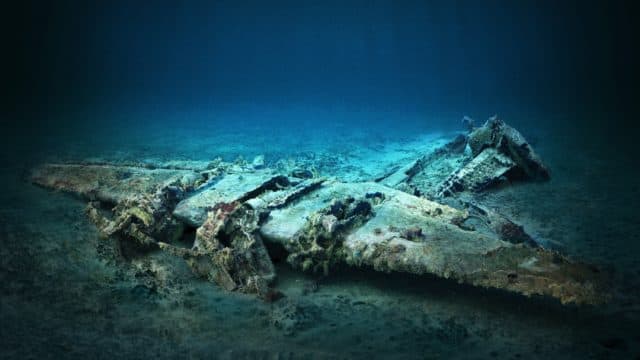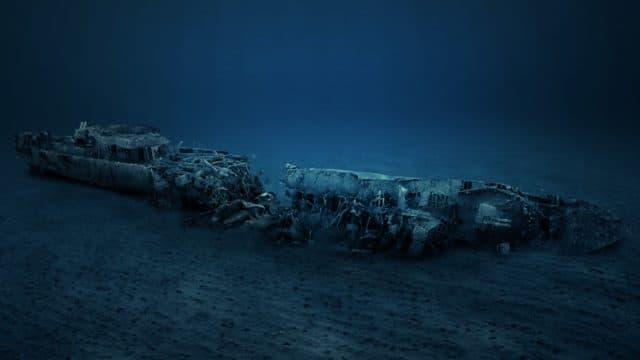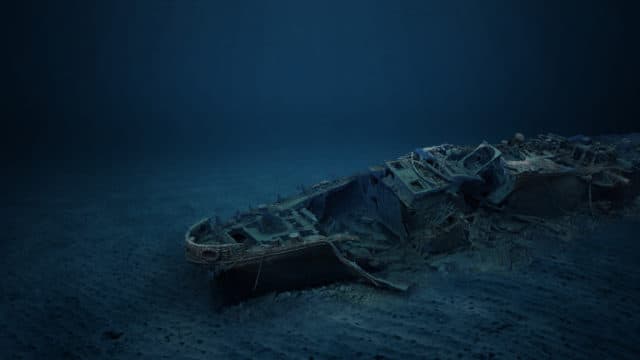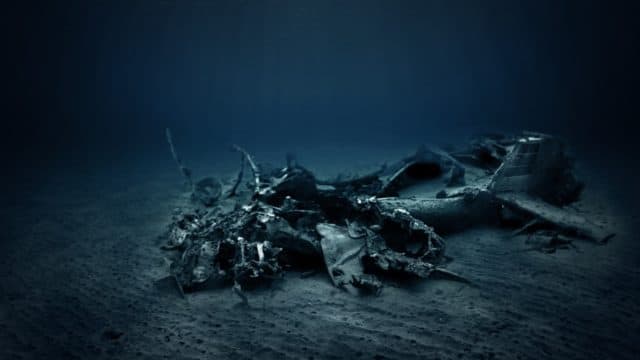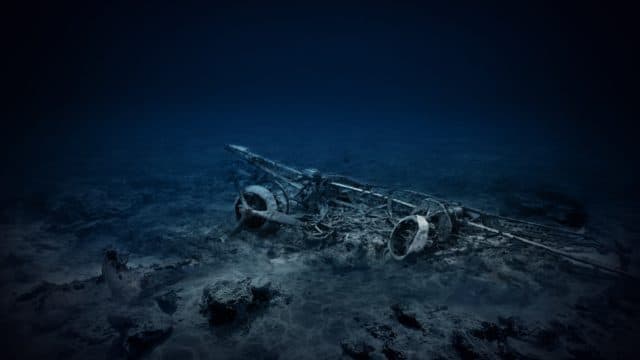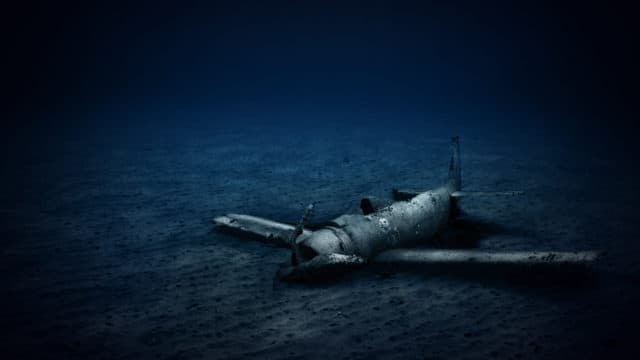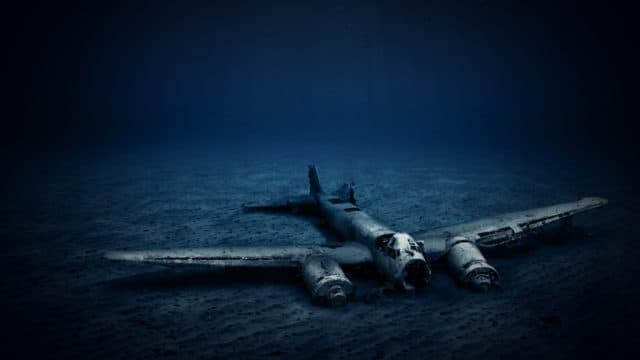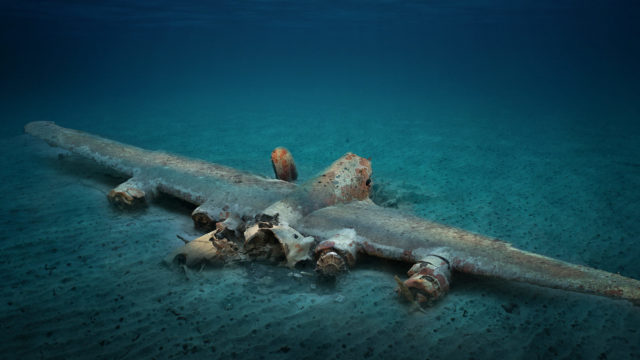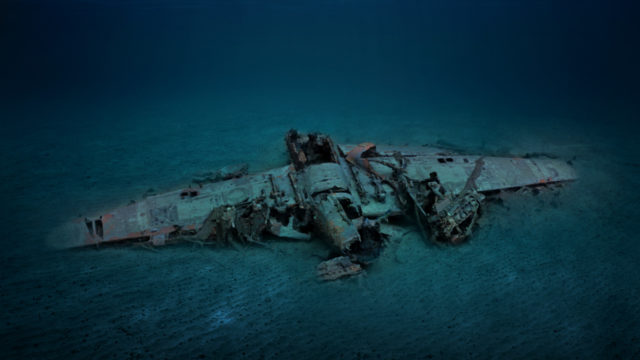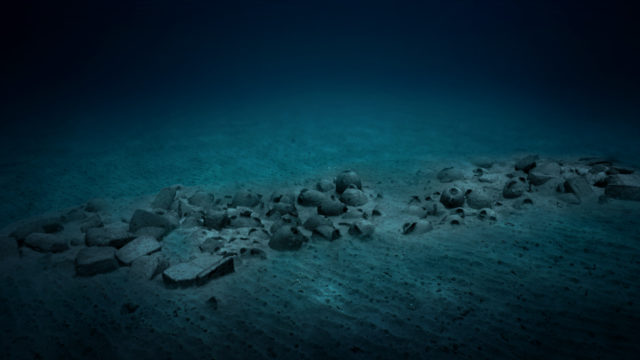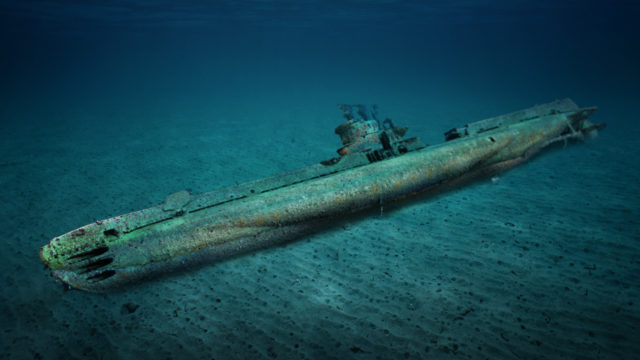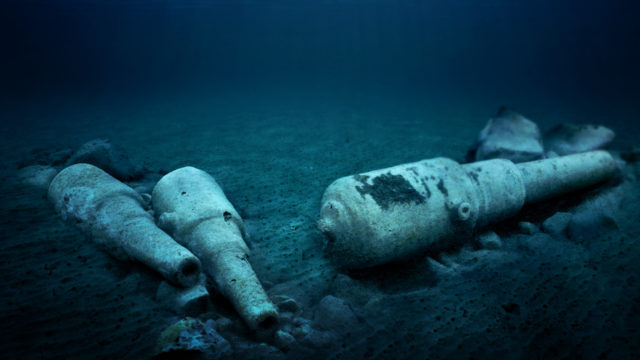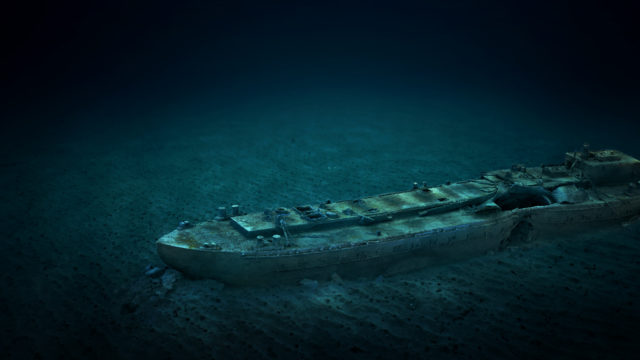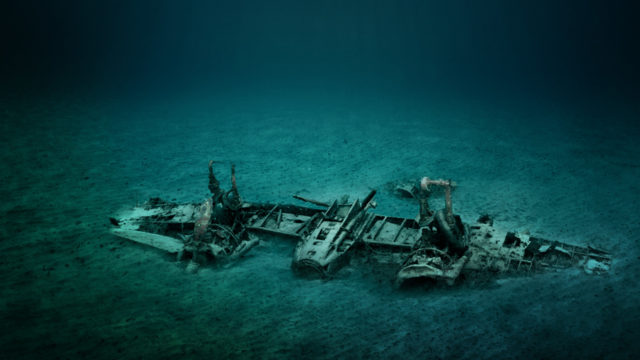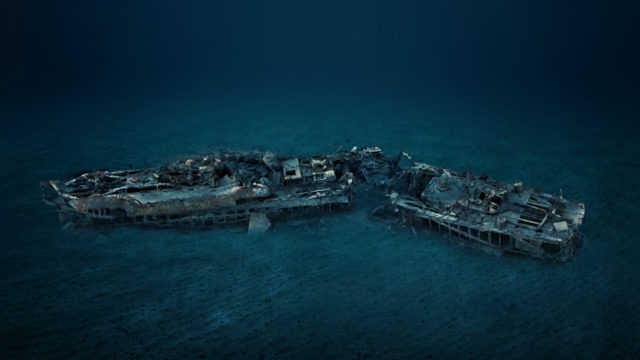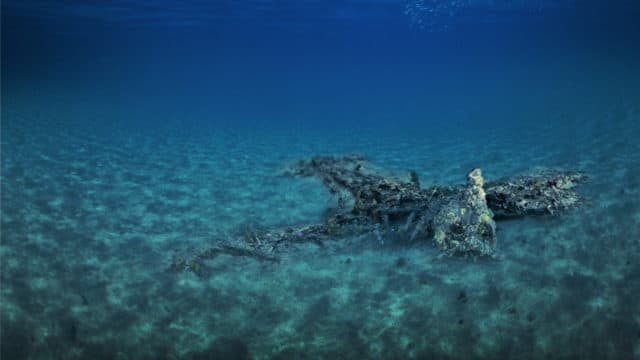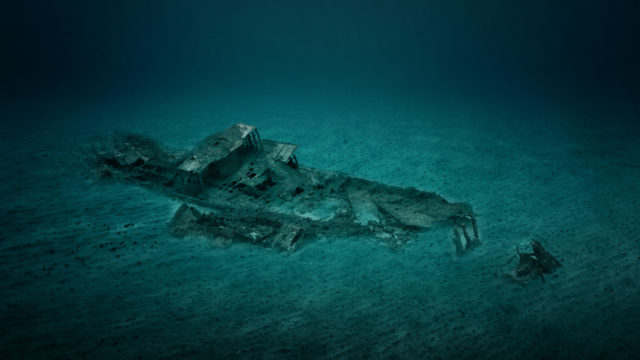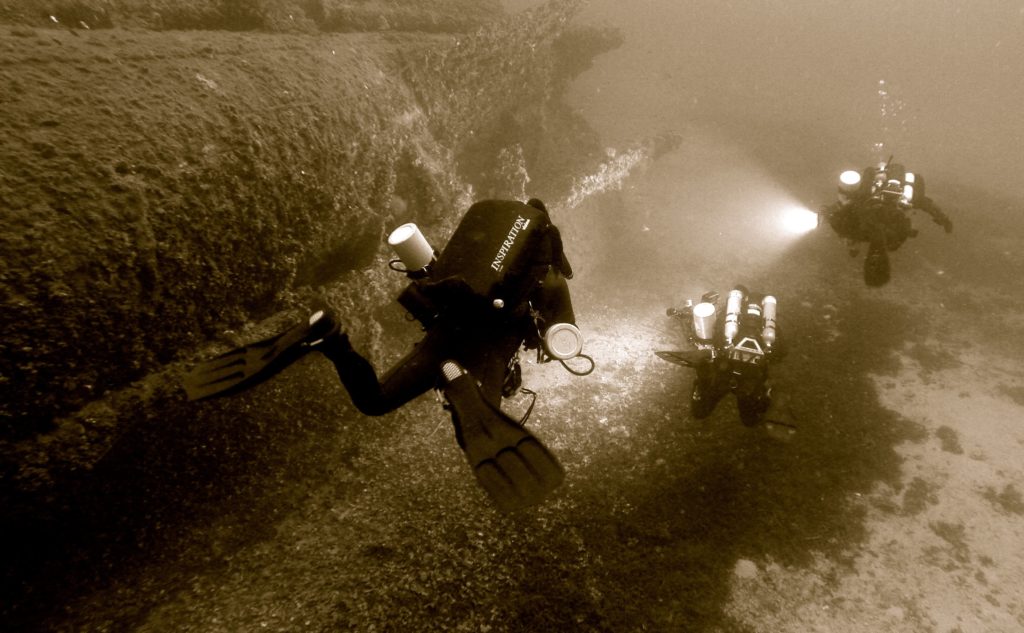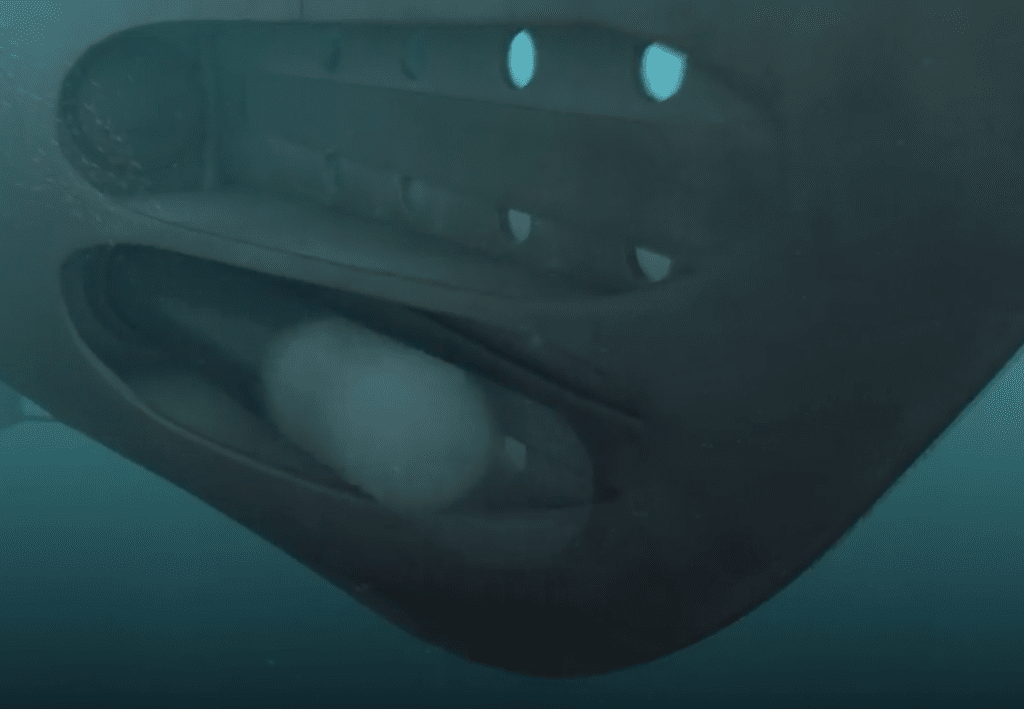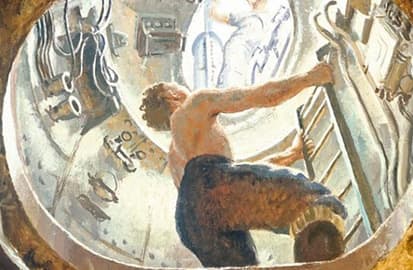HMS Stubborn
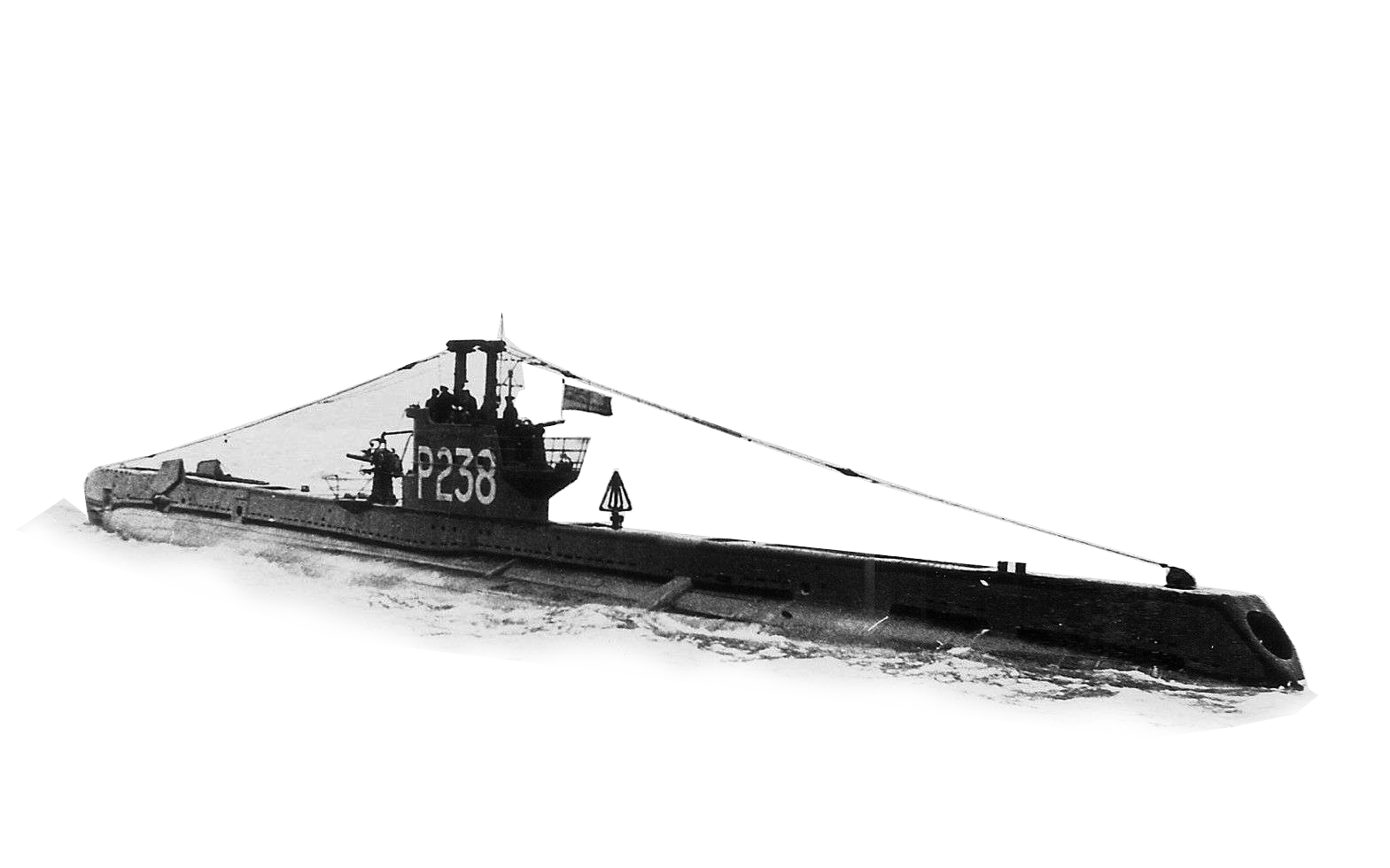
HMS Stubborn
HMS Stubborn was an S-class submarine of the Royal Navy, built by Cammell Laird, and launched on 11th November 1942.
The S-class submarines were designed and built during the modernisation of the submarine force that occurred in the early 1930s, becoming the single largest group of submarines ever built by the Royal Navy, totally 62 over a period of 15 years. HMS Stubborn formed part of the third group of S-class submarines, the largest and most heavily armed of the class. HMS Stubborn served off the Scandinavian coast and in the Pacific Far East throughout the Second World War, sustaining major damages yet surviving the end of the war. The submarine was sunk on 30th April 1946 as part of a submarine sonar training programme.
The Wreck.
Today, HMS Stubborn lies approximately 3km north-east of St. Paul’s Bay, at a depth of 57 metres, lying upright and slightly tilted towards the starboard side on a sandy seabed.
Torpedo Tubes
HMS Stubborn formed part of the third group of S-class submarines built under the Emergency War Programme of 1941. The main armament of these submarines were torpedo tubes, with HMS Stubborn being outfitted with seven 21-inch torpedo tubes, six of which were located towards the bow and one located towards the stern of the submarine. Since the introduction of torpedoes into naval warfare during the First World War, the British Royal Navy has used several variants of the 21-inch torpedo, which was first introduced into service in 1927, and is also considered to be the largest torpedo used by the Royal Navy. HMS Stubborn was armed with the Mark VIII variant, which weighed approximately 1,600kg, was 6.5 metres in length, carried an explosive load of circa 340kg, and had a range of 4.5km and a speed of 40 knots.
Conning Tower
The conning towers of submarines of the Second World War were small watertight compartments that were mounted on the main pressure hull of the submarine. The conning tower would have been equipped with various instruments and controls and it was from here that the periscope was used in order to steer the submarine and direct torpedo attacks. The top of the conning tower was also used as a bridge during surface navigation. From the 1950’s onwards, conning towers were no longer part of submarine design, since periscope lengths were increased, and the functions of the conning tower were moved to the main hull.
Propellers
The propulsion system of the HMS Stubborn revolved around two systems, the use of which depended on whether the submarine was on the surface or submerged. During surface navigation the submarine was powered by two 950hp diesel engines, each driving one propeller shaft and able to reach a surface speed of 15 knots. Once submerged HMS Stubborn was propelled by two 650hp electric motors and was able to reach a speed of 10 knots. The presence of propellers on historic wrecks is often an indication on whether the vessel was scuttled or sunk, with missing propellers indicating that the vessel was intentionally sunk. HMS Stubborn was scuttled as part of a submarine sonar training programme, and had its propellers and armaments removed.


